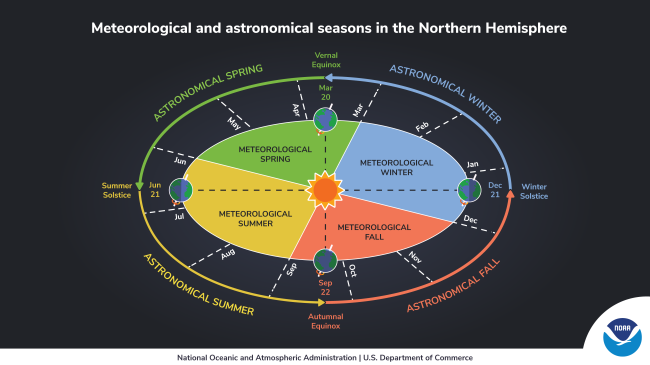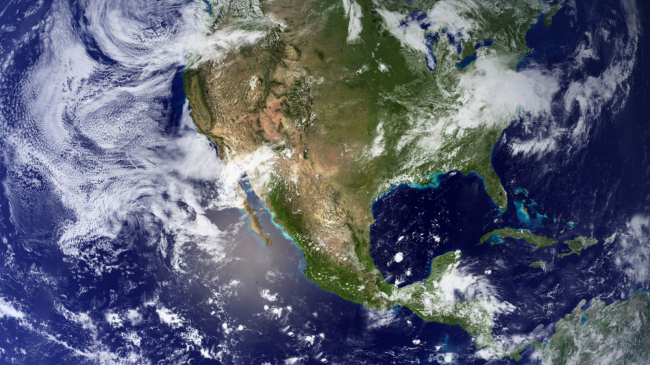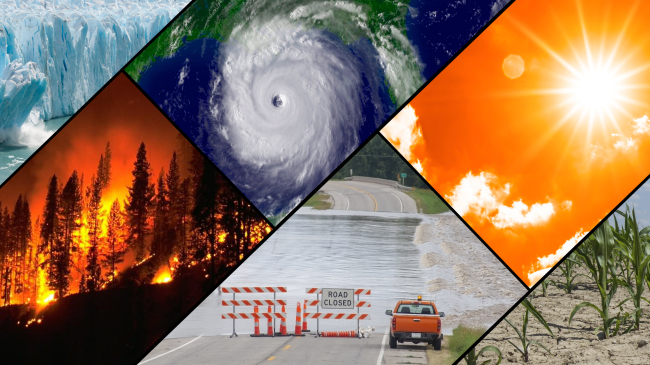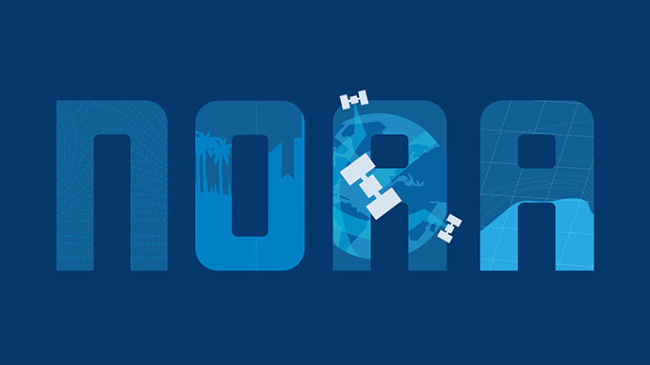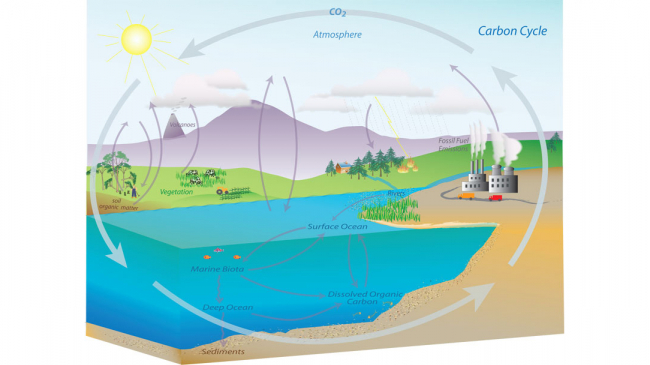In many parts of the United States, you might change your wardrobe with the seasons, grabbing a heavy coat in winter, while wearing only a light t-shirt in summer. Although ecosystems, plants, and animals cannot adjust their attire quite so easily, they have evolved to make changes that help them survive seasonal conditions caused by the rotation of the Earth around the sun.
Climate Education
Some say that climate is what you expect and weather is what you get. More formally, climate is the long-term average of temperature, precipitation, and other weather variables at a given location. Every 30 years, climate scientists calculate new averages. The normal high and low temperatures reported on your local weather forecast come from these 30-year averages. Although climate describes conditions in the atmosphere (hot/cold, wet/dry), these conditions are influenced by the ocean, land, sun, and atmospheric chemistry. NOAA monitors these factors to understand and predict changes to local or global climate.
We often think about human-induced climate change as something that will happen in the future, but it is happening now. Ecosystems and people in the United States and around the world are affected by the ongoing process of climate change today.
Carbon is the chemical backbone of life on Earth. Carbon compounds regulate the Earth’s temperature, make up the food that sustains us, and provide energy that fuels our global economy.



